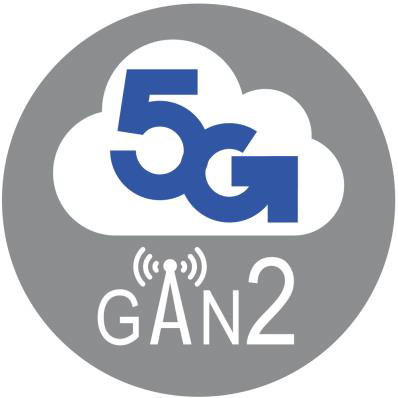 |
4.3Multi-antenna transmission |
 |
Multi-antenna transmission already plays an important role in current generations of mobile communication and will be even more central in the 5G era, due to the physical limitations of small antennas. Path loss between a transmitter and receiver does not change as a function of frequency, as long as the effective aperture of the transmitting and receiving antennas does not change. The antenna aperture does reduce in proportion to the square of the frequency, and that reduction can be compensated by the use of higher antenna directivity. The 5G radio will employ hundreds of antenna elements to increase antenna aperture beyond what may be possible with current cellular technology.
In addition, the transmitter and receiver will use beamforming to track one another and improve energy transfer over an instantaneously configured link. Beamforming will also improve the radio environment by limiting interference to small fractions of the entire space around a transmitter and likewise limiting the impact of interference on a receiver to infrequent stochastic events. The use of beamforming will also be an important technology for lower frequencies; for example, to extend coverage and to provide higher data rates in sparse deployment.
 5G_GaN2 will propose a key breakthrough fulfilling this requirement. By proposing a Wafer Level Packaging integration of Heterogeneous technologies, it will support exceptionally dense packaging compatible of 3D Antenna integration.
5G_GaN2 will propose a key breakthrough fulfilling this requirement. By proposing a Wafer Level Packaging integration of Heterogeneous technologies, it will support exceptionally dense packaging compatible of 3D Antenna integration.